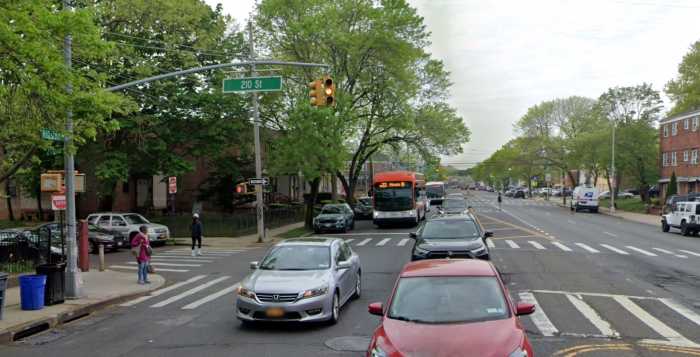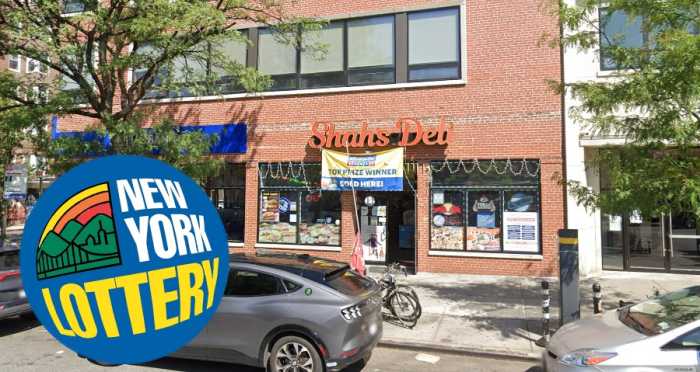By Philip Newman
New York City Public Advocate Mark Green has issued a report complaining that residents of Queens and Brooklyn pay more to take the Long Island Rail Road than Long Island residents pay to travel similar distances.
“When it comes to the LIRR and Metro-North, New York City's hard-earned tax dollars are on a one way trip – out of town,” Green said. “The city pays for suburban commuters to enjoy affordable and convenient service while New Yorkers are forced to pay up to $12.50 to get to and from work. That is patently unfair.”
Green called for the inequity to be rectified.
“The Metropolitan Transportation Administration must take immediate steps to deliver parity to the system,” he said.
Green's report, “Railroaded: How Poor Service, Decrepit Stations and High Fares Keep NYC Residents Off the LIRR and Metro-North,” also found many LIRR stations within New York City suffer from poor service and inconvenient and even hazardous conditions.
Green said the situation exists despite the fact that New York City contributes nearly half of the annual local operating money for the LIRR and Metro-North, or $69 million as of 1998.
Green said that on certain routes, passengers who take LIRR trains in Queens and Brooklyn must pay as much as three times more than passengers in Nassau and Suffolk Counties who take trips of comparable distances.
For instance, the report said a passenger boarding an LIRR train in Laurelton, Queens for a 6.2-mile trip to Rockville Centre on Long Island pays $5, although someone taking the LIRR from Rockville Centre to Bellmore, Long Island – a 6.3-mile trip entirely within Nassau County – costs only $1.75.
He said no such discount exists for those traveling entirely within Queens. For example, a ticket for the 6.7-mile trip from Forest Hills to Laurelton – entirely within Queens – costs $5.50.
Green said the problem with the Long Island Rail Road does not end with fare disparities. He said service on some lines is inadequate.
A number of New York City stations on the LIRR have very little service, even when they are far from direct subway service to
midtown Manhattan, Green said.
Although many LIRR trains run through the St. Albans station during the morning rush hour, only three of them stop to pick up passengers, the report said. It said LIRR trains stop only once every 30 minutes at the Hollis station during the morning rush hour.
The report said New York City pays what Green called “a dramatically disproportionate share of direct funding for LIRR service.”
New York City contributed 48 percent in local operating money in 1998 while suburban counties contributed 52 percent, even though 90 percent of passengers come from suburbs and 10 percent from New York City, Green said.
Investigators for the public advocate said some LIRR stations within New York City are so poorly maintained as to create a safety hazard, adding that eight of 22 stations surveyed had dangerous conditions, 11 of them had no benches for passengers to sit on and 10 had no station signs or posted schedules.



































